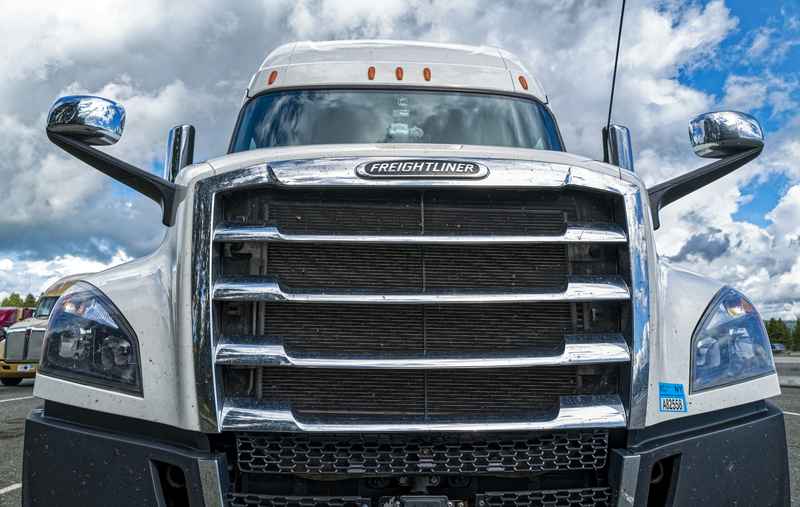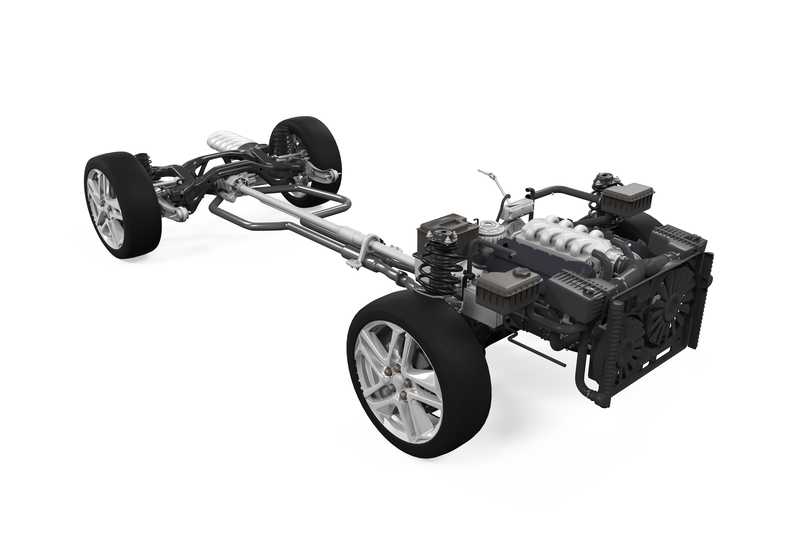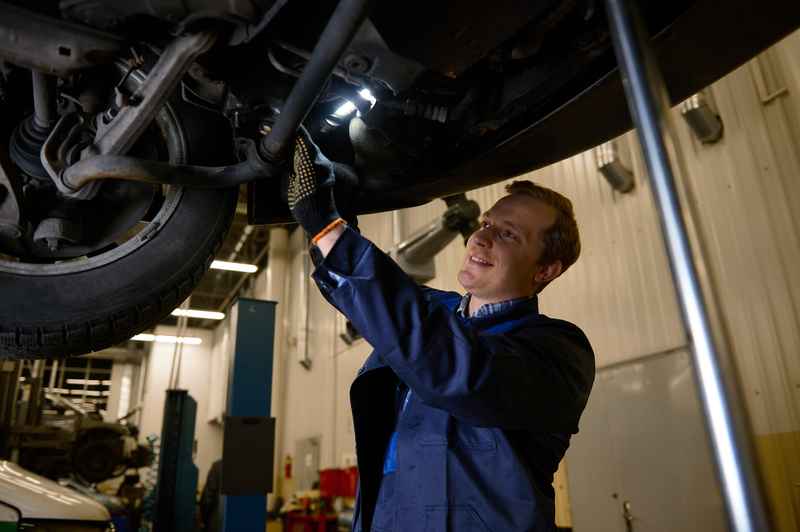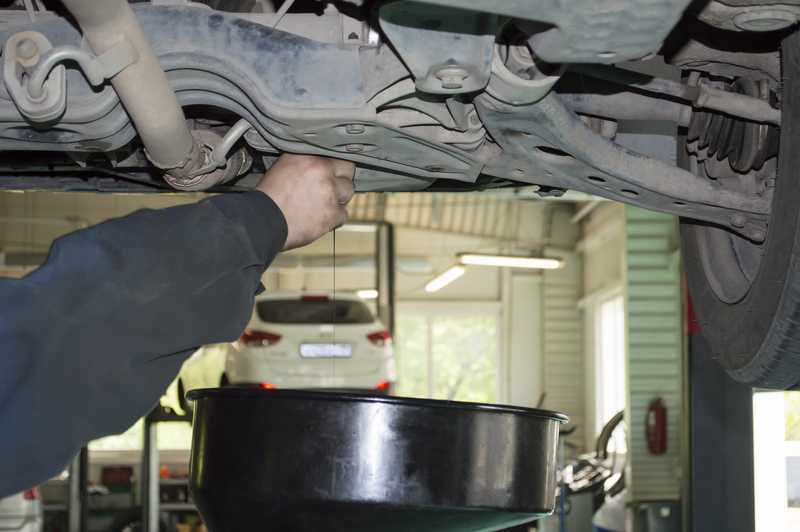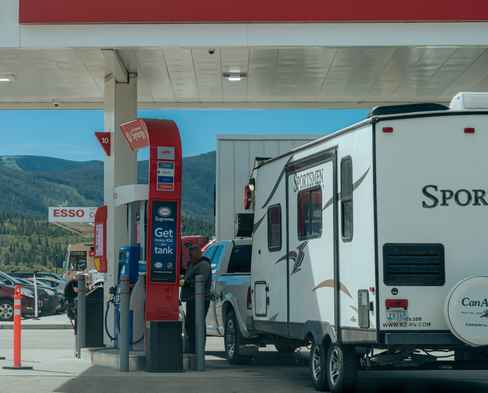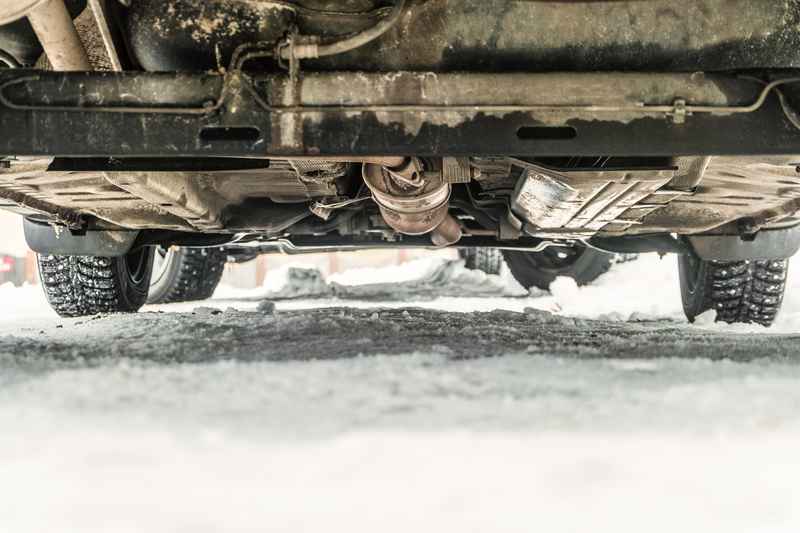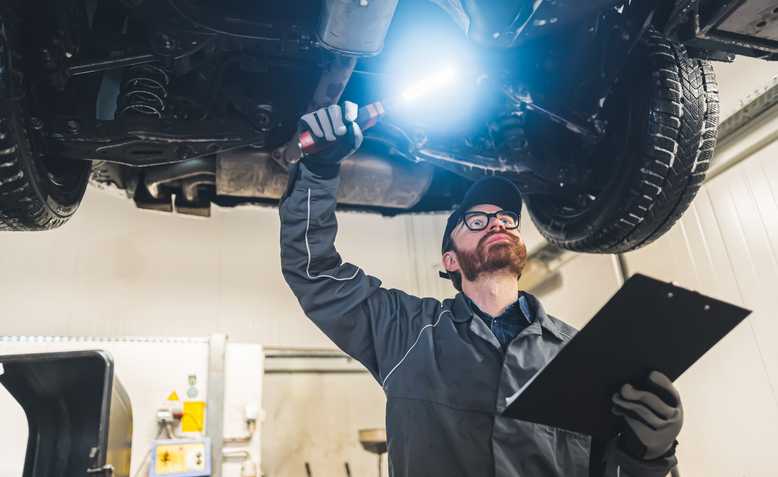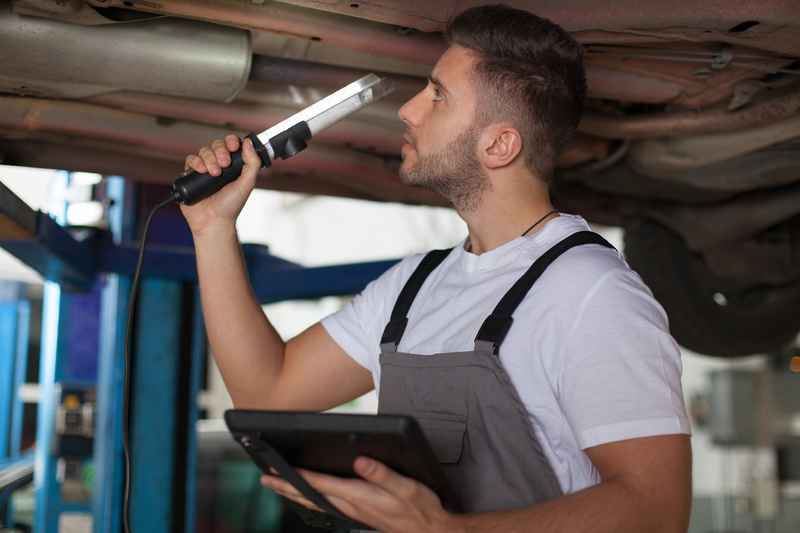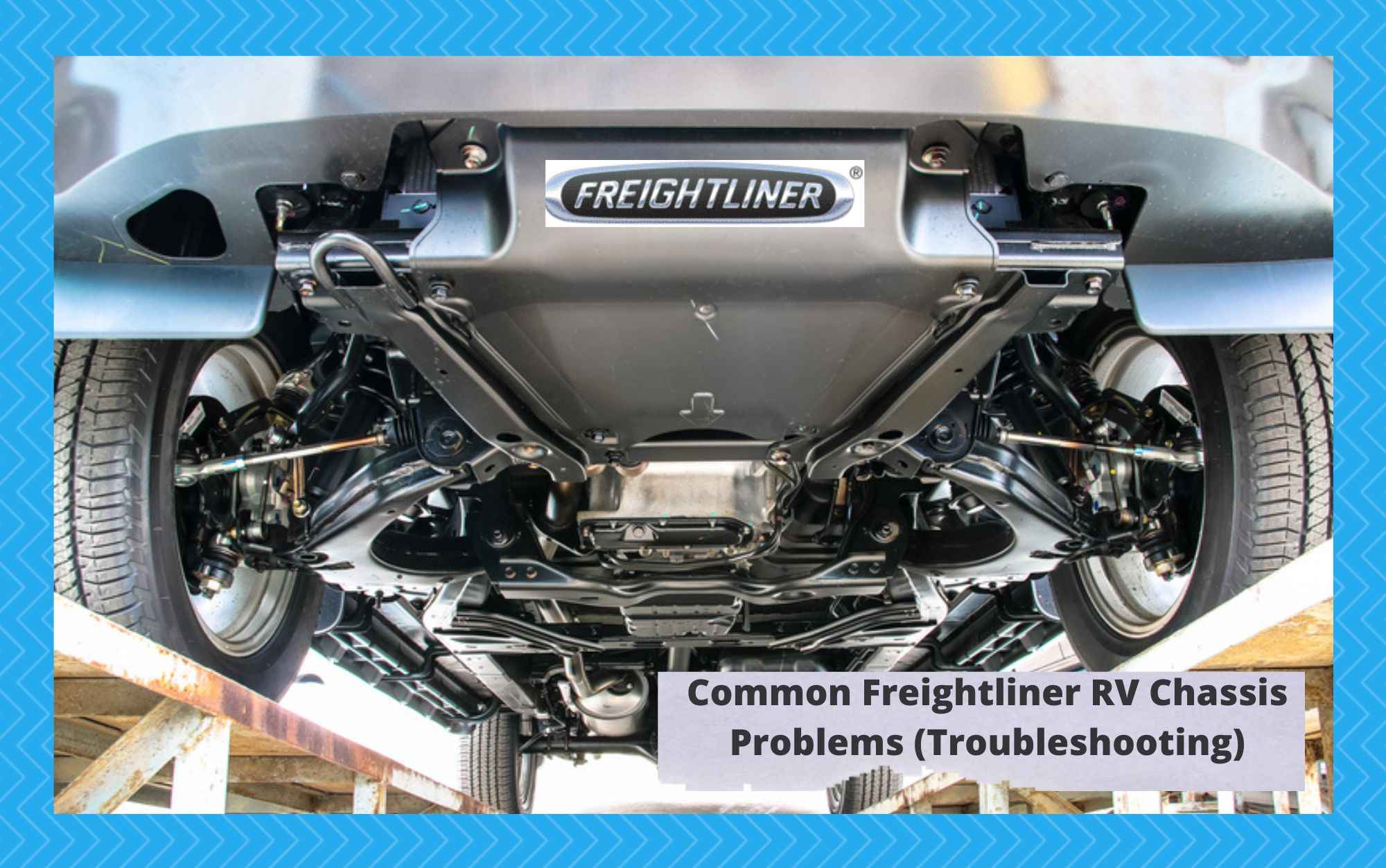
Most people don’t put much thought into their RV chassis because they don’t typically need much maintenance. However, when things go wrong with the chassis, you’ll notice it’s difficult to control your RV.
Freightliner manufacturers are RV’s that have a great reputation in the industry. However, there are some chassis problems people experience with these RVs that you should learn about.
Learning about potential problems before you experience them is the best way to keep yourself safe while traveling.
Please continue reading to learn everything you need about common Freightliner RV chassis problems. Our guide will walk you through the most common problems and the troubleshooting methods you should follow.
Freightliner RV Chassis Problems
What is The Freightliner RV Chassis?
The Freightliner RV chassis is the portion of your RV that platforms the rest of your vehicle. When there’s something wrong with your platform, you have big problems on your hand. Think about it like this.
Whenever there’s something wrong with the foundation of a house, there’s a reason for concern. The same concept applies to the foundation of your RV.
Although most people don’t experience problems with their Freightliner RV chassis, when problems occur, they can be serious. You can avoid serious RV chassis problems by maintaining your vehicle and being mindful of your surroundings.
Vehicle Maintenance
Even though the Freightliner RV chassis refers to the platform your RV sits on, it’s important to participate in standard RV maintenance if you want to keep your parts in working order.
Whenever you neglect to care for any of your RV parts, you can cause a huge problem on the road. In addition, RV chassis problems can lead to vehicle accidents and thousands of dollars in fines.
Understanding proper vehicle maintenance is a crucial aspect of RV ownership. If you’re a new driver, you may want to wait a few years to drive a regular vehicle before you purchase an RV.
Otherwise, you can quickly get overwhelmed by the maintenance because RVs require more than daily drivers.
Important Parts of Maintaining Your Freightliner RV Chassis
If you have experience with vehicle ownership, you’re already familiar with how important maintenance is for your vehicle.
Many of your RV maintenance necessities are similar to your regular car necessities. However, you may be surprised by how much these maintenance requirements have in common.
Below, we will detail your RV vehicle maintenance so that you can keep your Freightliner chassis in excellent condition. Whenever you neglect to care for your RV, you put your chassis at risk of damage.
The damaged chassis means a lack of safety for yourself and others while driving. You should always feel safe and secure while operating your vehicle.
Several things can go wrong in your RV if you don’t take care of your oil. Your engine can fail, and the damage can break down your chassis. With all of this damage, repair costs will go through the roof.
It would be best to check your RV oil once every two months to ensure that you’re not due for an oil change period. People who drive their RVs frequently will need more oil changes than people who don’t drive often.
Pull out your dipstick to check the quality of your oil. Ensure it reaches the minimum fill line and the oil isn’t gunky. If the oil is even slightly gunky, you need to change it.
2. Keep Enough Fuel
People are less likely to stop and fill their gas tanks when it’s cold outside. So, you could run your RV close to empty during cold weather because you don’t want to deal with it. However, it would be best to maintain at least three fuel lines to keep your vehicle in optimal condition.
As long as you keep your Freightliner RV in great condition, you won’t have to worry about as many chassis problems. However, people who run their RV fuel as low as possible frequently are more likely to experience chassis problems. Your RV is not meant to run that low on fuel.
3. Pay Attention to Your Tires
Your tires can have the biggest impact on your RV chassis. If your tires constantly run low on PSI, the situation will inevitably affect your chassis.
Always check your tire PSI before driving to avoid damage to your RV chassis. Fixing the chassis is much more expensive than repairing a tire.
You should especially check your tires during cold weather because they naturally deflate. Unfortunately, you may need to fill up your tires three or four times during the winter if you stay in the area.
Some places allow you to top off your tire pressure for free, and you can also bring an air pump with you for more convenience.
If you keep having to fill your tires, there could be a hole in them that’s not big enough to make them go flat. In these situations, you can bring your RV to a tire shop, and they can patch the tires for you.
Many tire shops offer these repairs complimentary. However, you’ll need to replace the tire if the damage is severe enough.
Things to Watch Out For
There are plenty of indicators you can watch out for when your Freightliner RV chassis isn’t working right. Even though this problem isn’t super common, it does happen, and it can be dangerous.
Do you think your Freightliner RV chassis is having problems, but you’re not positive? You might dread a mechanic trip because you don’t want to spend the money to fix your chassis. However, neglecting the problem won’t bring you to a resolution.
Your RV shakes while you drive: If you experience any shaking while operating your RV, you must bring it to a mechanic immediately. This can indicate chassis or engine problems you can’t resolve alone.
You struggle to stay in your lane: Difficulty controlling your RV could be a strong indicator of chassis problems you must resolve. If you notice that you can’t keep yourself in a single lane, you should bring your RV to a mechanic for an inspection.
You struggle to break on time: Breaking promptly is crucial to being a safe driver. Unfortunately, when you have RV chassis problems, it can complicate your braking system. You may notice that braking is not nearly as easy as it used to be.
Your RV sits lower than normal: one of the leading causes of leveling issues with an RV involves your RV chassis. If your RV has any leveling problems, it’s best to pull over and have roadside assistance tow you to the nearest mechanic. You don’t want to operate your vehicle when there’s something wrong with your chassis.
Dirt or debris gets stuck in your chassis: if there are any obstructions in your RV chassis, it will be difficult for you to drive your vehicle safely. Check under your RV for any of these obstructions and remove them as they’re noticed. Unfortunately, sometimes wild animals get stuck in the chassis, and you need to get rid of them.
If you notice any of these signs, you should immediately bring your vehicle to a mechanic. Do not wait to fix your RV chassis problems because they will only worsen. It’s unsafe to operate a vehicle that doesn’t have a sturdy platform, and your RV is no exception to that rule.
You may also notice weird noises coming from your engine when you experience chassis problems. These noises could indicate that there’s something stuck in your chest or that your chassis isn’t maintaining the right amount of stabilization.
Remember, when you experience RV chassis problems in your Freightliner, other problems are sure to follow.
What To Do When RV Won’t Stabilize
Your Freightliner RV chassis is the main thing that keeps your RV stable on the ground. So if you experience any stabilization issues, it’s a strong indicator that there’s something you should fix immediately.
Whenever there’s something wrong with your RV chassis, you need to bring it to a professional for assistance. You should not try DIY methods to fix your RV chassis because it could put you in more danger.
Also, it’s too far gone for a DIY resolution if you’re already noticing things like shaking and loud noises.
Unfortunately, fixing your RV chassis can cost quite a pretty penny. Sometimes these fixes are cheaper than you expect, but most of the time, they’re fairly expensive. However, if you wait to get these things fixed, the problems will only worsen.
Final Thoughts
You should not take your Freightliner RV chassis problem lightly. Your chassis is the foundation of your vehicle, and when something goes wrong with the foundation, other parts are sure to follow.
As soon as you fix your chassis, you’re unlikely to deal with other problems in that area.
The easiest way to keep your RV chassis in excellent condition is to maintain your vehicle.
You’ll need to monitor your oil, maintain the right tire pressure, and replace broken parts when necessary. Maintaining your vehicle will also help you prevent further complications.

